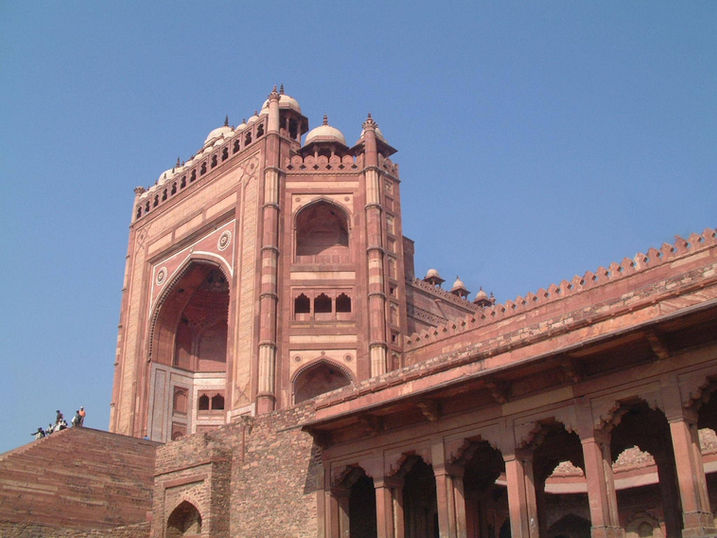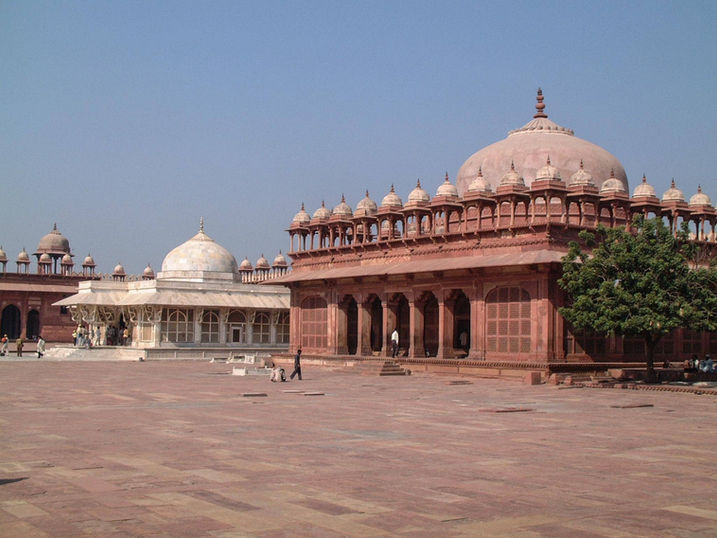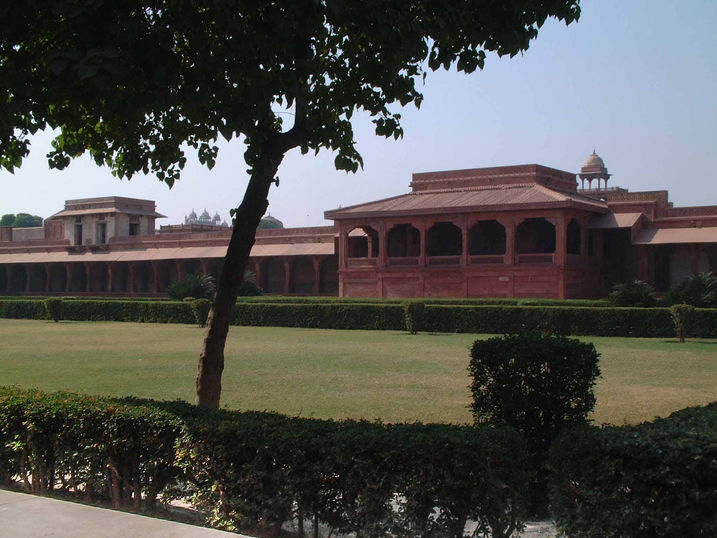Impressions of Central India
India is not a country, it is a continent. And actually it is even more than that, because its deeply rooted history connects so many dots, between Central Asia and the cities and empires of the Silk Road, between the cultures of Buddhism in the East and Persia in the West, between the desert land of Afghanistan beyond the Himalaya and the subtropical environs of the Indian Ocean and the Gulf of Bengal. There is not a more direct way to realise how much of a crossroads India is than a voyage in the Central part of this country, base of Hinduism, cradle of Buddhism. And there is not a more direct way to be provoked with existential questions than the confrontation with the harsh contrasts of rich and poor, of haves and have-nots, of modernity and the stubborn traditions of casts and outcasts. A voyage through the cultural richness, the historical depth and the day to day reality of India leaves no-one unmoved. And if it is true that at the end of an exploration through India, you hate or you love the place, I hope that the Ganges experience of Varanasi, the friendly and kind crowds of Mumbai, the formidable fortresses of the Moghul Empire and the hot spice of Indian food and Khajuraho imagery, will prompt in your mind a genuine fascination.
Before visiting the place of your choice:
In 1571 the Mogul Emperor Akbar decided to build for himself a new capital near the village of Sikri, just West of Agra. Built in a mixture of Mogul, Persian and Hindu elements, Fatehpur Sikri is by all accounts the best preserved ghost town testifying of the Mogul Empire's most powerful period. Hardly 40 years after its construction, the city was abandoned, indeed, probably because of shortage of water supply. The buildings of the Mogul city are magnificent. Take the Buland Derwaza, the red sandstone gate of 54 metres high, perfectly symmetrical with its five chhatris (decorative free-standing umbrellas), the Gate of Victory of Akbar in Gujarat. Or take the Panch Mahal, in Persian language the Five Storey Palace, probably once the living quarters of the ladies of the Imperial Court. Under the arcades of the Karawan Serai one can still see the rings to tie the camels, donkeys and horses of the caravans travelling along the trade routes to Central Asia, Kabul and the Indian Ocean. An enormous inner court lies just next to the main gate of Fatehpur Sikri and the Diwan, the Hall of Audiences.

© 2020.Created by Marc Van den Reeck with Wix.com























